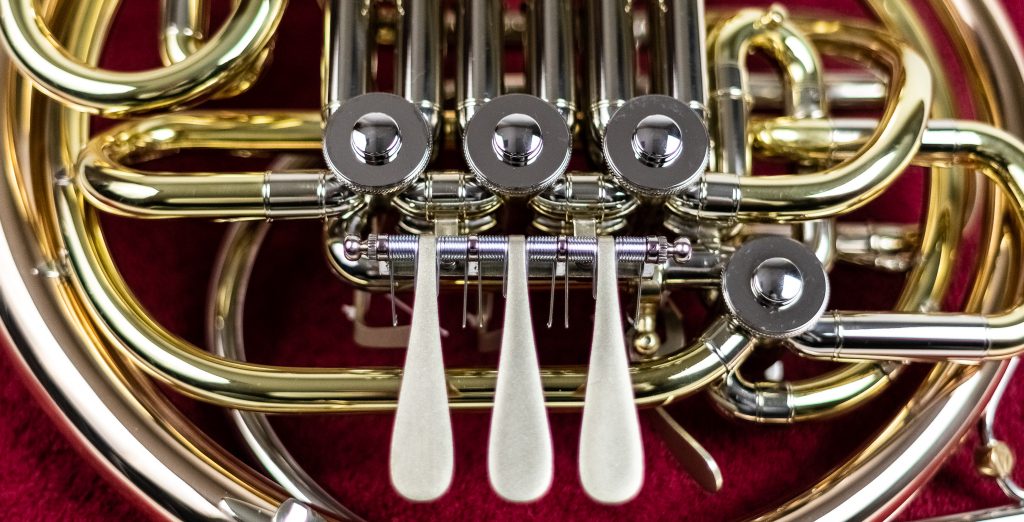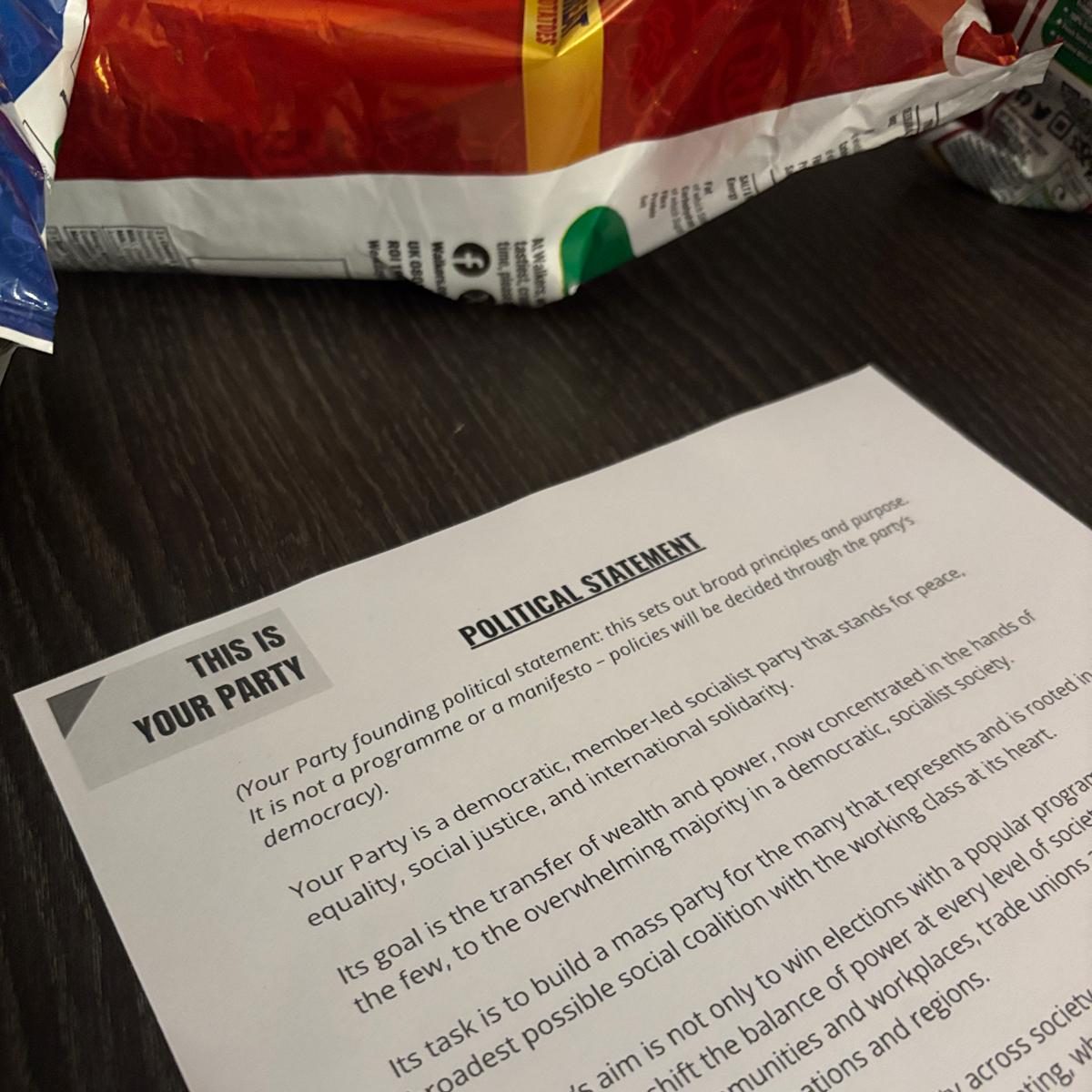By Anna Baker
The Plight of the Female Brass Player
Women in music, like women all over history, have been consistently underrepresented. Whether due to a lack of representation, or lack of opportunity, you would struggle to find someone who named a woman as their favorite classical composer.
Brass playing is particularly lacking in female representation. Brass instruments include the trumpets, trombones, french horns and tubas. They are – as the name suggests – made of metal, with a razzy yet striking sound. In big symphonies, the brass are the heroes and villains: french horns herald the arrival of the King in Ride of the Valkyries; the trombones and tuba warn of Darth Vader’s approach in Star Wars; time and time again the trumpets sing the fanfare of the arrival of Royals.
The brass sing a hero’s song (emphasis on hero, not heroin). Perhaps, it is because of this heroic role that women have classically been kept out of the brass section. The idea that the brass are the ‘strong rescuers’ of the orchestra means this must be no role for a woman (read with every ounce of sarcasm available).
It could also be because of the physicality of brass playing since any type of wind playing is an incredibly physical act. Indeed, the french horn comes in at 13 feet long, with the tuba measuring a whopping 18 feet. Blowing enough air down that tube to make a mighty sound is no easy feat. Thus, it is perhaps a long history of downplaying women’s physical strengths which have kept them excluded from this realm.
For context, I am a French horn player, and I have never ever played in a horn or brass section that has more women than men. I have been consistently undermined by men who have been quite shocked to find out that I may actually be a better player than them. Don’t get me wrong: some of my best friends have still been male brass players. I have played, and currently play, in some of the most supportive horn sections with male brass players – but this is definitely not always the case.
Indeed, one motivation for my writing of this article is recent experiences of being completely downtrodden and overridden as the only female in a brass section. The best way I can think to describe this masculine brass culture is a comparison with sportsman lad culture. Individually, they may be lovely people. But in a group, something highly competitive and aggressive emerges. As a woman entering this culture, you are instantly an outsider.
You are then faced with two options. Option one: join in with this culture, conforming to its rules, becoming ‘one of the lads’. But does this really challenge the culture, or just abide by it while reforming and reproducing it? Option two: defy the culture. Ignore the remarks, continue to attend but without joining in. From experience? This results in a lack of opportunity, being relegated to lesser parts and without getting any of the coveted solos.
The consequence of this is an appalling lack of female brass inspiration. There are some incredible female brass players out there: Sarah Willis (my own horn hero), Alison Balsan (a phenomenal trumpeter), or Sue Addison (the first female in a professional brass section). But these three inspiring women are never simply described as brilliant brass players; they are referred to, first and foremost, as female ones. A distinction is made, where it isn’t for men. There is something inherent in brass playing which assumes male-ness. However, I believe this culture is starting to be dismantled: there are more female brass players than ever right now, mirroring general social shifts in gender preconceptions. Yet, there is still a way to go to change and translate the brass playing culture into something more empowering for all.




